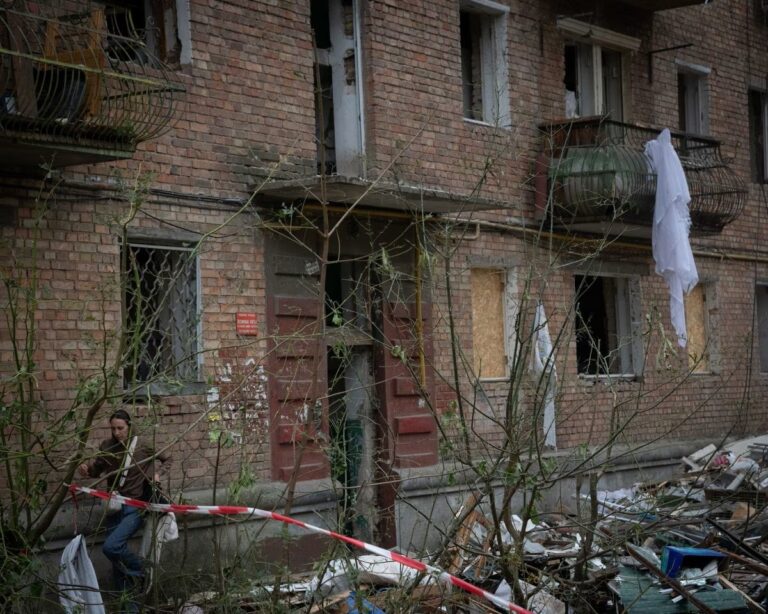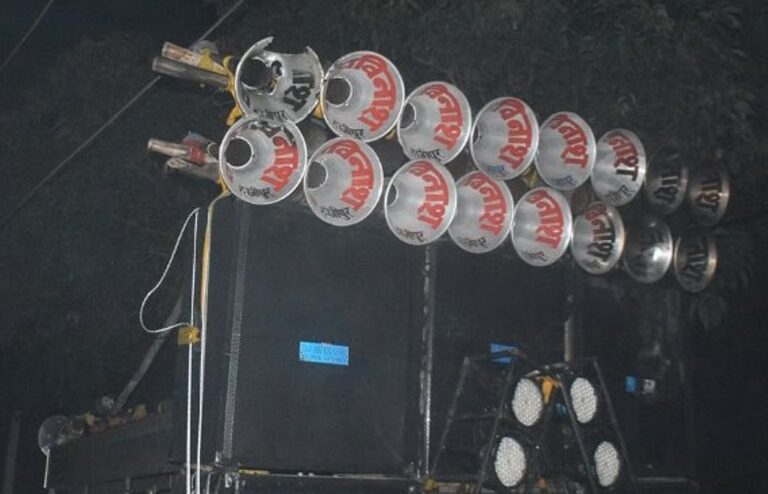
The false claims confuse the year entirely with a total solar eclipse scheduled for 2 August 2027.
Social media posts recently have claimed that a total solar eclipse is set to happen on August 2, 2025, during which the world will go dark. These claims have confused skywatchers around the world, with many looking forward to the solar eclipse. However, the National Aeronautics and Space Administration or NASA has come forward to clarify these claims, stating that “no solar eclipse is scheduled for that date”, reported The Economic Times
When is the next solar eclipse?
The false claims confuse the year entirely with a total solar eclipse scheduled for August 2, 2027. A partial eclipse is planned to occur on 21 September 2025. According to the NASA website, a total eclipse will occur on August 12, 2026, and will be visible in Greenland, Iceland, Spain, Russia, and a small area of Portugal. This is the kind of eclipse that occurs when the Moon passes between the Sun and Earth, but the Sun, Moon, and Earth are not perfectly aligned, resulting in only a part of the Sun appearing to be covered by the Moon.
Real date when Earth will go dark
What is being dubbed as the ‘Eclipse of the century’ will take place on August 2, 2027. This total solar eclipse will be visible over parts of Europe, North Africa, and the Middle East for a duration of 6 minutes and 23 seconds. Its long duration makes the eclipse a rare occurrence, marking it as the most significant celestial event, something which will not happen till 2114.
For skywatchers across the globe, this event will be visible from various regions, including northern Morocco, northern, central Egypt, southwest Saudi Arabia, Yemen and the northeastern tip of Somalia.
What is a total solar eclipse
A total solar eclipse occurs when the Moon entirely covers the face of the Sun, blocking its light from reaching Earth. When this occurs, people from certain locations in the centre of the Moon’s shadow are able to experience a brief period of darkness. Also, a ring shape is formed of the Sun’s light covered by the Moon, noting that the weather conditions are favourable.





